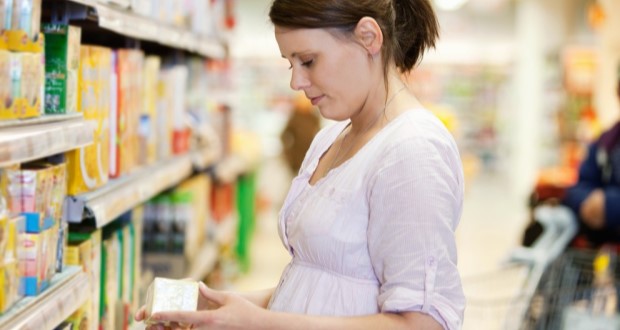Take-home grocery sales over the same period rose by 9.1% compared with last year.
Tom Steel, strategic insight director at Kantar, said: “Grocery price inflation is still very high, but shoppers will be relieved to see the rate continuing to fall.
“For the first time since last year, the prices of some staple foods are now dropping and that’s helping to bring down the wider inflation rate. Dairy was one of the categories where costs really shot up last autumn but the average price paid for a 250g pack of butter is now 16 pence less than 12 months ago.”
The data also shows a jump in the amount of money spent on offers that’s also helping to offset the impact of inflation.
“Supermarkets are looking at all the different ways they can deliver value at the tills and while the emphasis for some time has been on everyday low prices, the retailers are starting to get the deal stickers out again,” Steel added.
“Spending on promotions made up over a quarter of all sales in the latest 12 week period at 26.5%, the highest level since June 2022.
“Tesco, in particular, has been driving the increase, with some positive results. The nation’s biggest supermarket saw sales rise by 9.2% over the latest 12 weeks, with its market share edging up by 0.4 percentage points to 27.4%. Brands have also done well. Branded promotion sales hit their highest rate since January this year, helping the category grow sales by 7.3% across the 12 week period and narrow the gap with own-label lines, which grew by 10.1%.”
The joint warmest September on record meant people got to enjoy some of their summer favourites for a little longer this year. Steel explained: “Sunnier weather last month meant the barbecues stayed out of sheds for another few weeks.
“Shoppers made the most of the higher than average temperatures, with volume sales of ice cream, burgers and dips shooting up by 27%, 19% and 10% respectively. And as they basked outside in the autumn heat, people opted to be sensible which saw sun care product sales more than doubling across the month.
“Christmas seemed further away for many with fewer people buying Christmas puddings and seasonal biscuits as volume sales were down by 14% and 29% versus this time last year.”
Lidl was the fastest growing retailer this month with sales up 15.2%. This is the first time that Lidl has led the pack since April 2023 and the growth means it now has a market share of 7.6%, up 0.5 percentage points year on year. Fellow discounter Aldi’s sales were up by 14.9%, with its total share of the market now at 9.9%, up by 0.6 percentage points compared with a year ago.
Sainsbury’s share grew to 14.8% as its sales increased by 9.1% compared with last year. Asda and Morrisons now hold 13.7% and 8.6% of the market.
Amid reports that Waitrose could become the latest retailer to partner with Amazon for grocery delivery services, total online trips increased year-on-year for the first time this month since December 2021 by 3.1%. Waitrose has a 4.6% share with sales growth at 5.3% for the latest period.
Co-op’s market share sits at 6.1% with sales up 3.3%. Iceland’s sales rose by 2.8%, and Ocado grew sales by 9.6% to take 1.7% of the market.
Symbols and independents grew 2.1%, taking 1.5% share.
Commenting on the latest data, Sachin Jangam, partner for retail at Infosys Consulting, said: “With food inflation falling for a seventh month in a row, we’ll start to see more grocers able to pass these lower costs onto consumers.
“And while a potential recession means the most difficult months could still lie ahead, grocers tend to do quite well during these periods, with consumers more likely to entertain themselves at home rather than dine out.
“Loyalty card pricing has been the biggest change for UK grocers in the past couple of years, and will remain key to their future success. So too will store assortment shifts, including physical store-friendly categories and stocking more wholesale and large pack sizes to fend off competition from stores like Costco.
“On the flipside, convenience will also continue to gain momentum – smaller basket sizes and more regular shopping from consumers, particularly as food costs come down.
“Most important of all will be the business shift to subscription models, which could change UK retail grocery market share. This would allow more digitally minded consumers to receive monthly products and the latest deals at home, helping cement customer loyalty even further.”
 Talking Retail Grocery and product news for independent retailers
Talking Retail Grocery and product news for independent retailers






